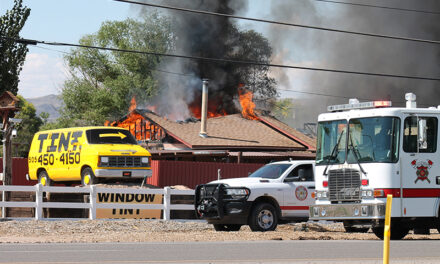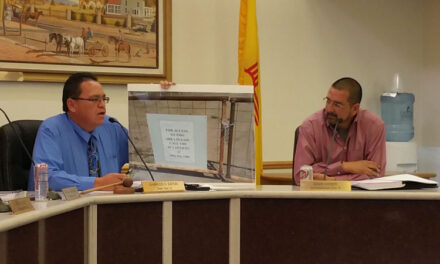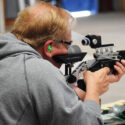According to a June 2000 annual report of ATV Deaths and Injuries from the U.S. Consumer Products Safety Commission, there were 3,716 ATV-related deaths in this country from 1982 to 1999. There were 36 deaths reported in New Mexico.
According to the report, 35 percent of the deaths were people under 16 years of age, while 15 percent of the deaths were people under 12 years of age. The percent of fatalities reported that involved four-wheel ATVs increased from seven percent or less prior to 1985 to 90 percent for 1999.
The U.S. Consumer Product Safety Commission issues updated safety alerts to warn consumers of the potential operator risks associated with three- and four-wheeled all-terrain vehicles.
- ATVs are not toys.
Children under 12 years of age should not operate any ATV. This is because, typically, they lack adequate physical size and strength, cognitive abilities, motor skills and perception to operate a motor vehicle safely. ATVs are difficult to ride and require constant attention in order to avoid accents.
- Don’t let children under 16 ride adult-size ATVs.
Children between the age of 12 and 15 should not operate adult-size (greater than 90 cc) ATVs. The risk of injury for 12- to 15-year-old drivers of adult-sized ATVs is one and one-half to two times the average risk of injury on smaller ATVs. CPSC has received reports of 168 deaths of children between 12 and 15 years of age. Most deaths have occurred on adult-sized ATVs.
- Take a training course.
A hands-on training course is necessary for all ATV operators. Inexperienced drivers in their first month of using an ATV have 13 times the average risk of injury. Beginning drivers should receive a training course from certified instructors, and basic maneuvers taught in training should be practiced regularly on safe terrain. Children should ride only under close adult supervision. The CPSC injury survey showed that almost half of the drivers had less than a year’s experience, and one-fourth had less than one month’s experience.
- Helmets save lives.
Helmets could have saved the lives of approximately 25 percent of the people who died from head injuries in ATV accidents. In the CPSC injury survey, three-fourths of the drivers with head injuries were not wearing an approved helmet. Without the protection of a helmet, the risk of head injury was twice as high as when the injured person wore a helmet. More than half of the injured persons had worn no protective equipment, such as helmets, gloves and heavy boots.
- Allow no passengers.
Do not ride double. ATVs are designed for one driver and no passengers and have unique handling characteristics. The presence of a passenger seriously impairs the driver’s ability to shift weight in order to steer and control the ATV. In the CPSC injury survey, 31 percent of the drivers carried passengers on the ATV, and 20 percent of the injured people were passengers.
- Avoid paved roads and alcohol.
Almost 10 percent of the injuries and more than 25 percent of the deaths occurred while operating the ATV on paved roads. These accidents occur because of collisions with other vehicles and because ATVs are difficult to control on pavement. In 30 percent of all fatal ATV accidents, some alcohol use was mentioned.
- Four-wheelers are more stable than three-wheelers.
Although the stability of all ATVs is low, the stability of four-wheeled ATVs is better than the stability of three-wheeled ATVs. The risk of an accident on a three-wheeled ATV is about one and one-half to two times the risk of a four-wheeled ATV.
The Valencia County News-Bulletin is a locally owned and operated community newspaper, dedicated to serving Valencia County since 1910 through the highest journalistic and professional business standards. The VCNB is published weekly on Thursdays, including holidays both in print and online.

















